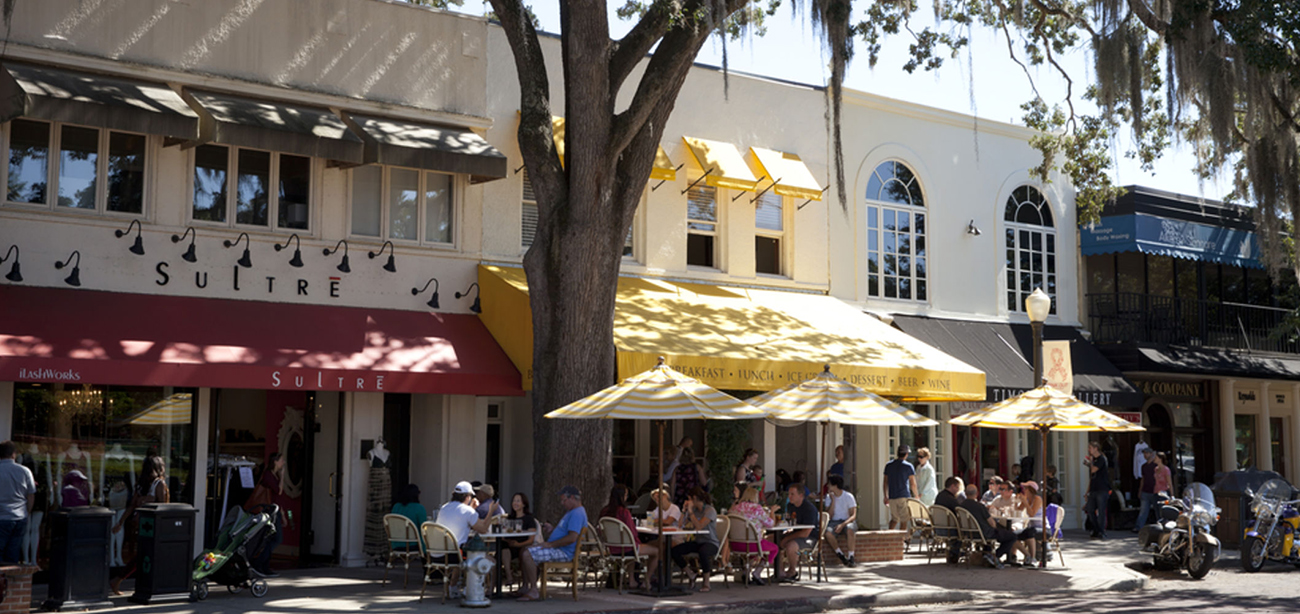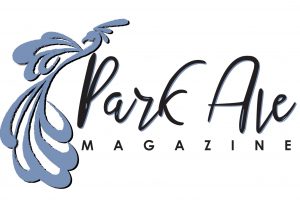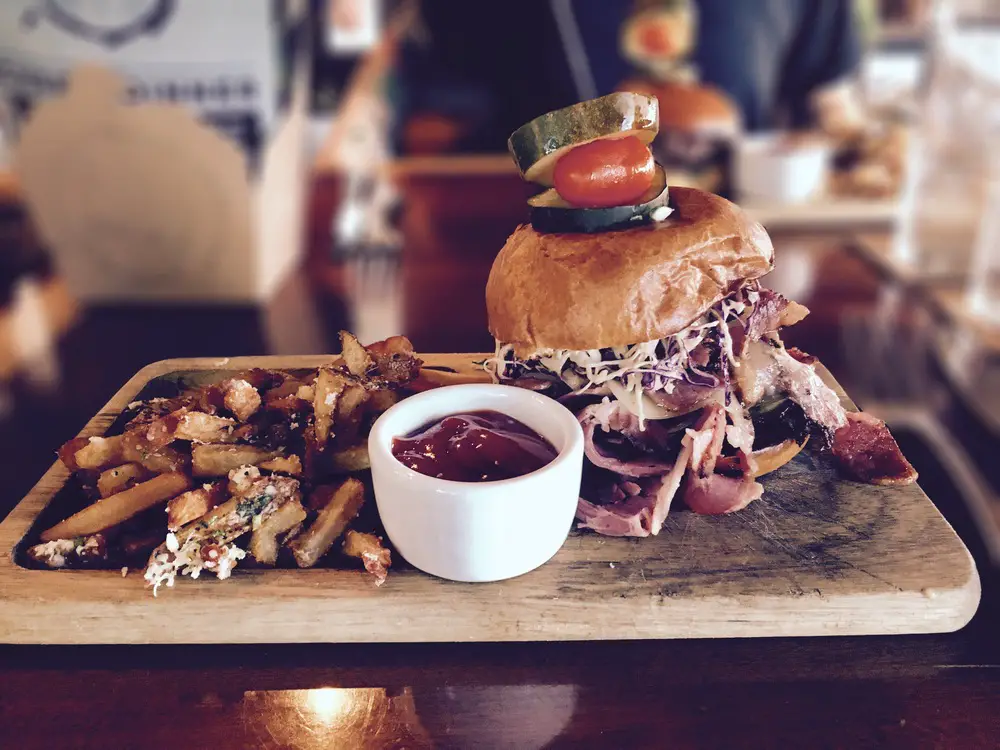
Since When you travel to Winter Park, it feels like a “world” away from the tourist spin cycle that is international drive and the theme parks, it always surprises visitors that it’s just = minutes away drive from the world’s most popular theme parks.
Winter Park was originally developed for wealthy “snow birds”. They were seeking a quiet and comfortable place to live. These ‘snowbirds’ wanted to and escape the harsh winters. The city was originally named Lakeview. In 1881, two businessmen, Loring Chase and Oliver Chapman, decided they wanted a name to be more reflective of winter in a park. They renamed the city to Winter Park. To this day, the city still attracts a lot of winter visitors because of its comfortable weather, laid back lifestyle and countless unique places to visit.
There are so many reasons to fall in love with Winter Park. The town of Winter Park has been featured in a number of articles, movies, and TV shows. National Geographic Traveler magazine has named Winter Park one of the world’s top historic destinations. The nave noted “this gracious town manages to retain its reputation as an oasis within the rapid growth of Central Florida.” Winter Park’s small downtown has a commercial district with some interesting buildings filled with history and privately owned businesses. It also has a nice historic residential area. There is a clear sense that this is very much a place where everyday life occurs. Winter Park is not just a showpiece for tourists.
Winter Park’s vision statement really puts into perspective what the city is all about: Winter Park is the city of arts and culture, cherishing its traditional scale and charm while building a healthy and sustainable future for all generations. The town of Winter Park has done an amazing job at being able to provide activities for all to enjoy. When are you going to travel to Winter Park?
Winter Park Farmers’ Market
The Winter Park Farmers’ Market is a great way to start your weekend. It is held from 7am to 1pm every Saturday morning. The WP Farmer’s Market is held at the old train depot. It has been restored into a historical landmark. The train depot is located on the corner of W. New England Avenue and S. New York Avenue.
Since it’s in Winter Park, you can expect to find a few upscale choices that you would normally not find at more typical farmers’ markets, yet there is plenty that is affordable. The breakfast and lunch choices are something to definitely consider. Look for fresh crepes, pastries, and quiche. The local honey is a must. There is always a great garden selection. If you hang out until the early afternoon, you’ll find that a lot of the prices tend to go down.
There’s also an indoor space for vendors, which is great when it’s raining or if you want to cool down a bit. While you’re inside, the Winter Park Historical Museum which is open on Saturday from 9am until 1pm is located in the same building. Admission is free and exhibits give you a glimpse into the history of Winter Park.
Winter Park Boat Tour
Established in 1938, the fleet of six 18-passenger pontoons give you a tour through Winter Park’s chain of Lakes. It is a MUST SEE for all. Every tour is sure to impress with amazing views of nature. It also reveals the history of the luxurious private homes and estates along the tour. Keep an eye out for an occasional sunbathing alligator.
The dock is less than 5 minutes from Park Avenue and is located on the East end of Morse Boulevard on Lake Osceola.
Rollins College
The Rollins College 70-acre campus contains a range of amenities, including a theater for performing arts; the Cornell Campus Center; and the Alfond Sports Center. Rollins College was founded in 1885. It is Florida’s oldest recognized college. Located on the banks of gorgeous Lake Virginia, it’s a great campus to take a stroll around. If you’d like a more intimate and detailed tour, contact the Office of Admission or visit this link.
Charles Hosmer Morse Museum of American Art
The Charles Hosmer Morse Museum of American Art, opened in 1995. It houses the most extensive collection of works by American designer Louis Comfort Tiffany (1848–1933). The chapel interior was designed for the 1893 World’s Columbian Exposition in Chicago. See it at the Charles Hosmer Morse Museum of American Art. The museum showcases art and architectural elements from Tiffany’s Laurelton Hall. This was his Long Island Estate.
Highlights also include the recently restored Daffodil Terrace prize-winning leaded-glass windows, Tiffany lamps, and custom furnishings just to name a few. Visitors can also enjoy the exhibits of American art pottery, Arts and Crafts furnishings, and late 19th- and early 20th-century American graphics and paintings.




